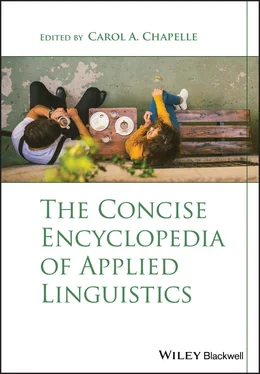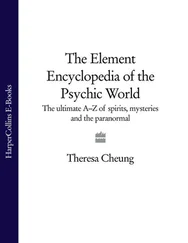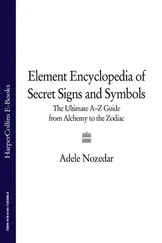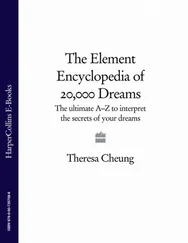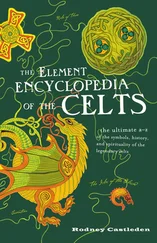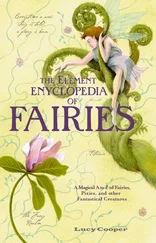Finally, in the bilingual‐language‐development literature, it has been proposed by some that children who acquire two languages simultaneously go through an early fusion stage in which the languages are in fact one system (one lexicon, one grammar, etc.). They then slowly differentiate their languages, by separating first their lexicons and then their grammars. Evidence for this has come from the observation of language mixing in very young bilingual children and from the fact that there is a gradual reduction of mixing as the child grows older. However, according to researchers such as Genesee 1989, many of these children are in a bilingual mode when recorded, that is, the caretakers are usually bilingual themselves and they are probably overheard using both languages, if not actually mixing their languages (see Goodz, 1989). Thus, as with the other studies mentioned above, language mode is a confounding factor that impinges on the results obtained.
Language Mode as a Control Variable
Early attempts to control for language mode used two approaches, both of them inappropriate. The first was to put the participants in a “language set” (called by some a “language mode”) by giving them instructions in one language, getting them to carry out preliminary tasks in that language, occasionally presenting reminders in that language, and so forth. What this does is activate a particular base language (the variable depicted on the vertical axis in Figure 1), but it does not guarantee a particular position on the monolingual‐bilingual‐mode continuum. A second inappropriate approach, which has been used a lot with bilingual children, second language learners, and aphasic or demented patients, has been to hide the experimenter's or interviewer's bilingualism. This is a very dangerous strategy as subtle cues such as facial expression and body language can give away the interlocutor's comprehension of the other language. In addition, it will not prevent occasional slipups such as responding in the “wrong” language or showing in one's response that what has been said in that language has been understood. All this will simply move the participant into a bilingual mode and, once again, make language mode a confounding variable. (For a discussion of approaches to use to put participants in a monolingual mode as much as possible, see Grosjean, 2008.)
Few models of bilingual language processing and language acquisition have taken into account language mode as of yet. For example, De Bot's 1992 classic model of bilingual language production does not give a clear account of how language choice takes place (i.e., how the base language is chosen), how the language mode is set, and the impact it has on processing. Similarly, in the bilingual interactive activation (BIA) model (Dijkstra & van Heuven, 1998) one language is normally deactivated during the word‐recognition process by means of top‐down inhibition from the other language node and lateral inter‐language word‐level inhibition. This will produce satisfactory results for word recognition in the monolingual mode but it will be less than optimal when mixed language is being perceived. In the latter case, it would be better if both languages were active with one more active than the other. To our knowledge, the only computational model of word recognition that simulates language mode is the Léwy and Grosjean BIMOLA model (see Grosjean, 2008). Both the base‐language setting (a discrete value) and the language‐mode setting (a continuous value) can be set prior to simulation in this model.
Language mode helps us understand how bilinguals use their languages, separately or together, in everyday life, and it accounts for many findings in the research literature. It is invariably present as an independent, control, or confounding variable and hence needs to be heeded at all times.
Many aspects of language mode have to be studied further. For example, it will be important to isolate the factors that influence a particular mode, determine their importance, and ascertain how they interact with one another to activate or deactivate the bilingual's languages, and hence change the bilingual's position on the language‐mode continuum. The maximum movement possible on the continuum will also have to be examined for various types of bilinguals. Another issue concerns the resting mode individuals find themselves in when there is no language activity taking place. Finally, language mode in multilingual situations will have to be studied further.
SEE ALSO:Bilingualism and Cognition; Lexical Borrowing
1 Baetens Beardsmore, H. (1986). Bilingualism: Basic principles. Clevedon, England: Multilingual Matters.
2 Beauvillain, C., & Grainger, J. (1987). Accessing interlexical homographs: Some limitations of a language‐selective access. Journal of Memory and Language, 26(6), 658–72.
3 Caixeta, P. (2003). L‘impact de la compétence linguistique du bilingue en L2 sur le mode langagier: Une étude de production (Unpublished master's thesis). Neuchâtel University, Switzerland.
4 Caramazza, A., Yeni‐Komshian, G., Zurif, E., & Carbone, E. (1973). The acquisition of a new phonological contrast: The case of stop consonants in French‐English bilinguals. The Journal of the Acoustical Society of America, 54, 421–8.
5 Cheng, Y., & Howard, D. (2008). The time cost of mixed‐language processing: An investigation. International Journal of Bilingualism, 12(3), 209–22.
6 De Bot, K. (1992). A bilingual production model: Levelt's “speaking” model adapted. Applied Linguistics, 13(1), 1–24.
7 Dewaele, J. ‐M. (2001). Activation or inhibition? The interaction of L1, L2 and L3 on the language mode continuum. In U. Jessner, B. Hufeisen, & J. Cenoz (Eds.), Cross‐linguistic influence in third language acquisition: Psycholinguistic perspectives (pp. 69–89). Clevedon, England: Multilingual Matters.
8 Dijkstra, T., & van Hell, J. G. (2003). Testing the language mode hypothesis using trilinguals. International Journal of Bilingual Education and Bilingualism, 6(1), 2–16.
9 Dijkstra, T., & van Heuven, W. (1998). The BIA model and bilingual word recognition. In J. Grainger & A. Jacobs (Eds.), Localist connectionist approaches to human cognition (pp. 189–225). Mahwah, NJ: Erlbaum.
10 Elman, J., Diehl, R., & Buchwald, S. (1977). Perceptual switching in bilinguals. The Journal of the Acoustical Society of America, 62, 971–4.
11 Genesee, F. (1989). Early bilingual development: One language or two? Journal of Child Language, 16, 161–79.
12 Genesee, F., Boivin, I., & Nicoladis, E. (1996). Talking with strangers: A study of bilingual children's communicative competence. Applied Psycholinguistics, 17, 427–42.
13 Genesee, F., Nicoladis, E., & Paradis, J. (1995). Language differentiation in early bilingual development. Journal of Child Language, 22, 611–31.
14 Goodz, N. (1989). Parental language mixing in bilingual families. Journal of Infant Mental Health, 10, 25–44.
15 Grosjean, F. (1985). The bilingual as a competent but specific speaker‐hearer. Journal of Multilingual and Multicultural Development, 6, 467–77.
16 Grosjean, F. (1989). Neurolinguists, beware! The bilingual is not two monolinguals in one person. Brain and Language, 36, 3–15.
17 Grosjean, F. (1994). Individual bilingualism. In R. E. Asher (Ed.), The Encyclopedia of language and linguistics (pp. 1656–60). Oxford, England: Pergamon Press.
18 Grosjean, F. (1997). The bilingual individual. Interpreting: International Journal of Research and Practice in Interpreting, 2, 163–87.
19 Grosjean, F. (2001). The bilingual's language modes. In J. Nicol (Ed.), One mind, two languages:Bilingual language processing (pp. 1–22). Oxford, England: Blackwell.
Читать дальше
